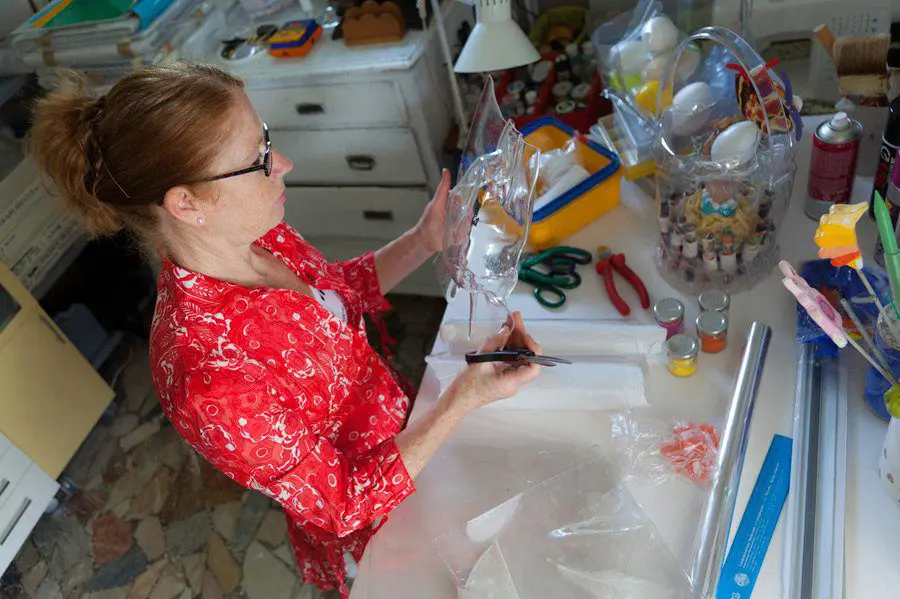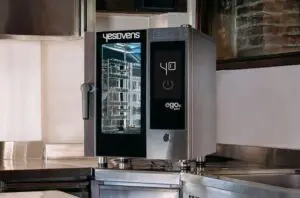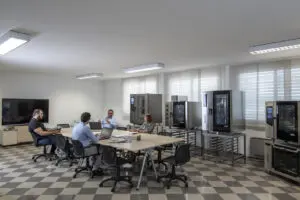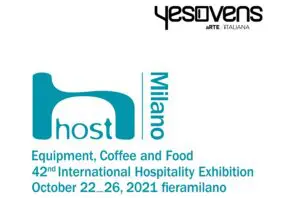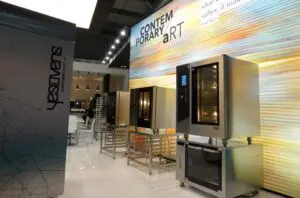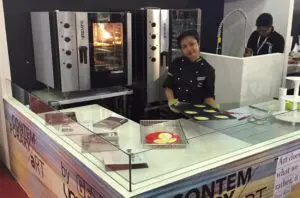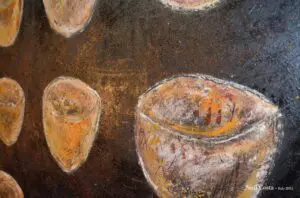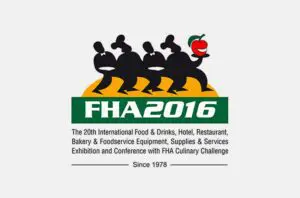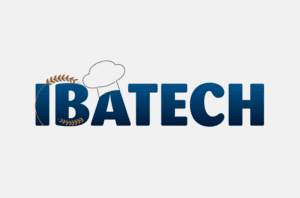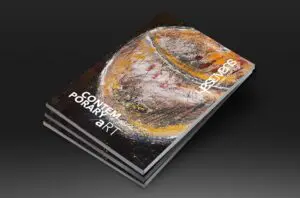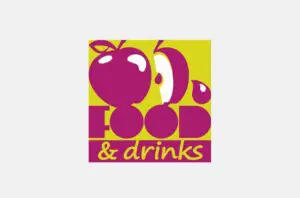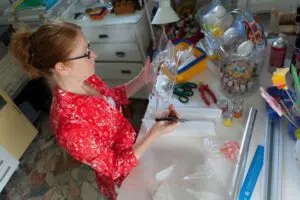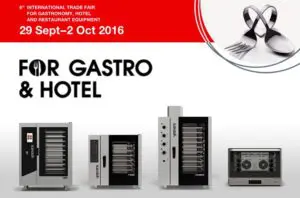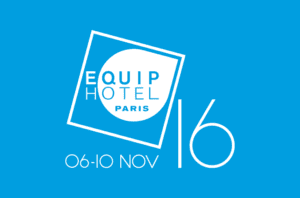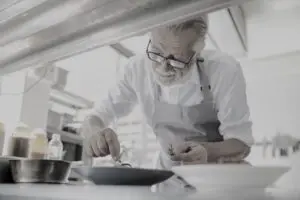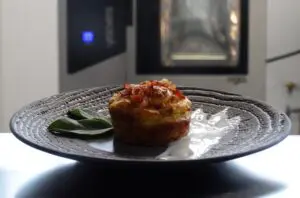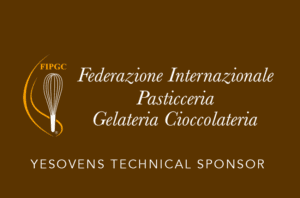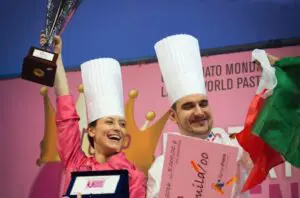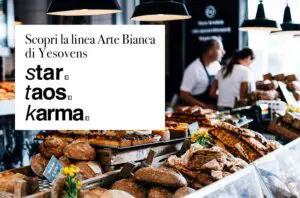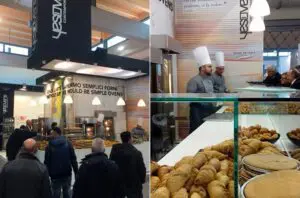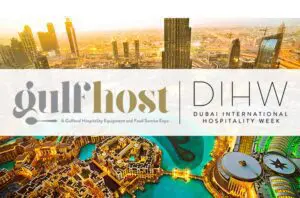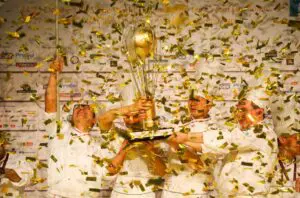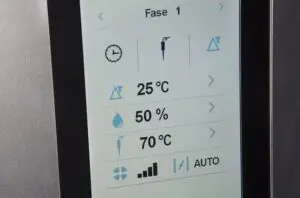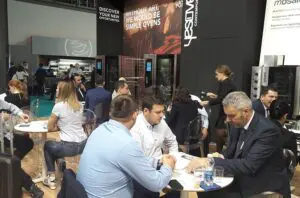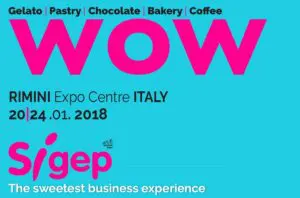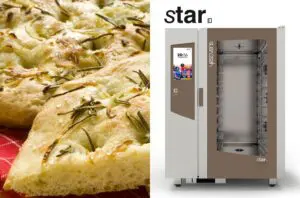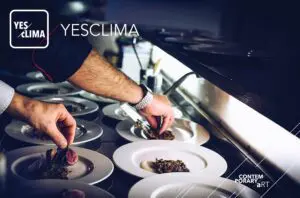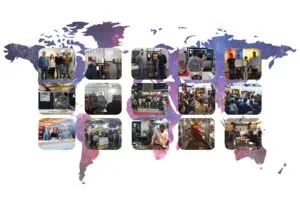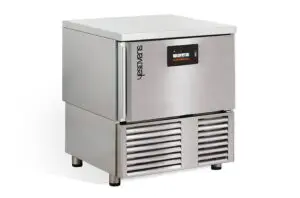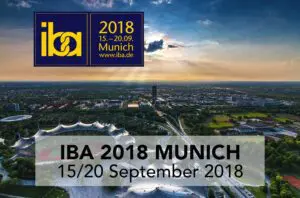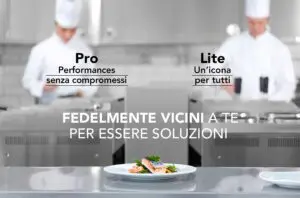Interviewed by Federico Frasson
F.F. Let’s start with the million-dollar question: what does art mean to you?
M.P.S. Art is life for me, it is not just an activity, it’s listening to your inner self, questioning the sense of our journey, an instrument of communication.
The key elements in my work are my experiences as a woman, mother, wife and daughter. It’s about an identity that, on one side, has highlighted my sensitivity, and on the other, has given me an incredible observational capacity. It’s a combination of emotionality and bluntness, that instils a strength in the covered topics, without diluting their essence. The photographic language allows me to express myself with great freedom.
F.F. How did your piece done in collaboration with Yesovens come about? And what are your thoughts on it?
M.P.S. Often, while creating, I find myself experimenting to achieve what I have in mind. Some time ago, I put some small handbags in the oven, observing how the heat changed their shape and their colour was interesting. The result was unpredictable, astonishing and it also worked for other small objects.
Reflecting on what I was really doing, that is on transformation, my thoughts turned to the effect cooking has on food, insomuch as I am always striving to preserve their properties. Looking at the Mosaico range by Yesovens and their philosophy, small tiles were given shape in the work “Riflessi”.
Its few elements are reproduced using photography, to express concepts such as sky and land, life and death, nature and society.
F.F. Your research is centred around bags, a very commonplace object. How do you find “art” in the ordinary?
M.P.S. Things that contain objects, accessories that women use, tell-tale items of a lifestyle; these are the things I alter by completely desecrating their traditional use, transcending and transforming them into a means for exploring the feminine world.
In my hands and in my mind, the subjects plucked directly from daily life are transformed and elevated into something else. Seemingly unconnected elements are catalysed around a distilled idea. Between imagination and reality, between past and present, I construct chance connections linking the infinite semantic and temporal divisions.
F.F. Does being an artist change the way you interact with objects and daily life, like for example, eating? And how?
M.P.S. I travel a lot in culturally different and far-away places. I have learnt the importance of food rites from these populations; each sip, each mouthful comes wrapped in the story of the hands stretched out in front of me!
Being an artist means being perceptive to emotions that arrive from all directions – from sky and land – art takes the essence of a dream and makes it tangible.
Each day I seek out possible happiness, I don’t think that there is a recipe for it, but without doubt, it is our attention to small things that make us feel better, and eating well is one of them!
F.F At the end of the day it’s a bit fetishistic elevating objects into art: does art reveal society’s obsessions or does it create them?
M.P.S. Certainly, art reveals; as long as it is able to express itself freely without restriction, the artist can denounce society’s and history’s silence by bringing it into their work.
On the other hand, they are created when artistic production is simplified into decorative hyperbole; when museums act as the sounding board for media events constructed for an artificial market; when art allows itself to fall into line with the flow of communication.
F.F Even food, the most common experience, is increasingly photographed, shared, etc: when and how can food be art?
M.P.S. The three main means of information – written text, image and sound – supply us with an enormous quantity of content, and appearances can be deceptive; it is important to understand food and art are essential parts of every culture.
An able cook in the culinary art unites science (in the sense of knowledge) with a personal creative expression, a taste for exploration and attention towards others.
Food can be art when the author (cook) endows it with originality, making it impossible to copy or reproduce; the “recipe-food” become the author’s work of art.

